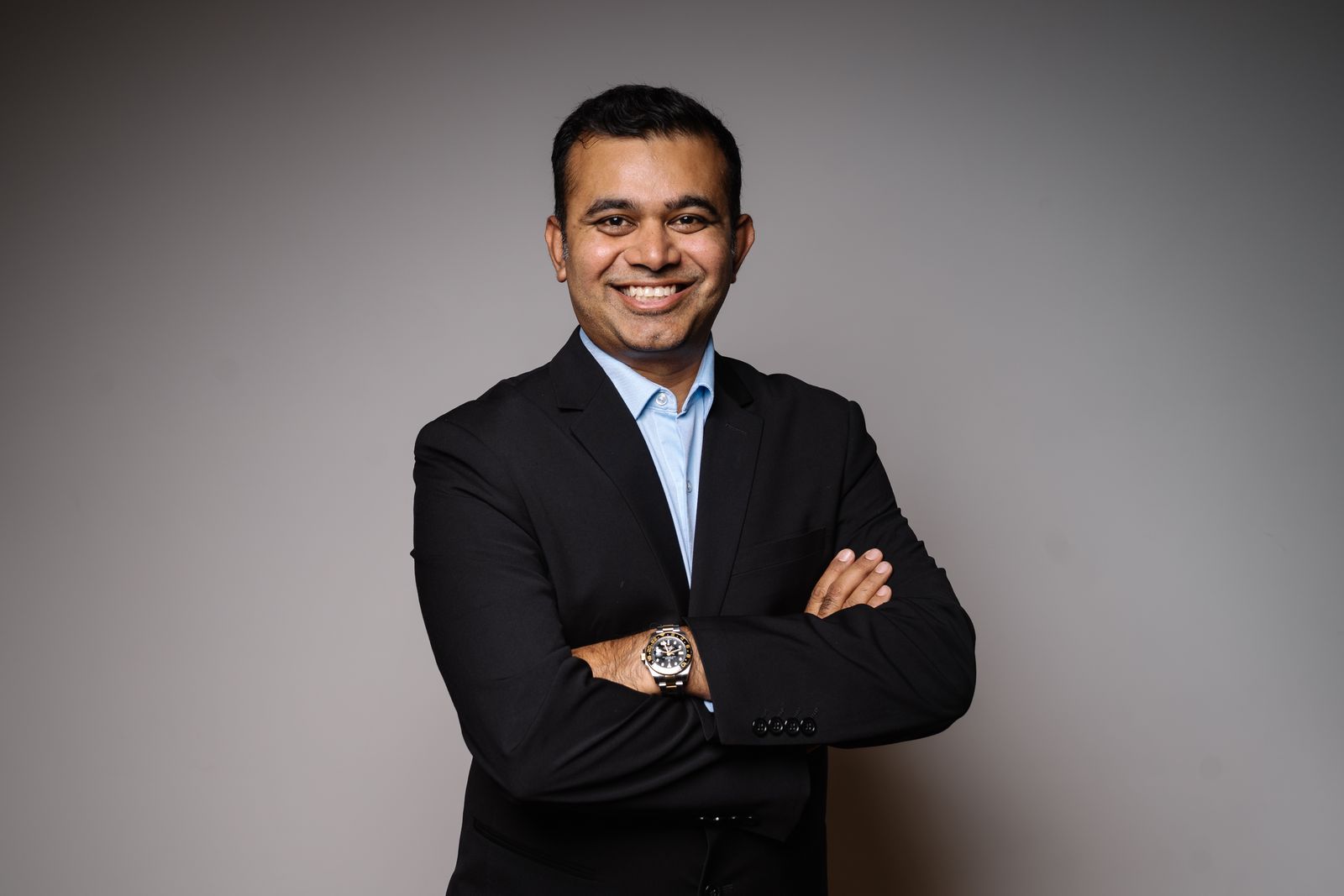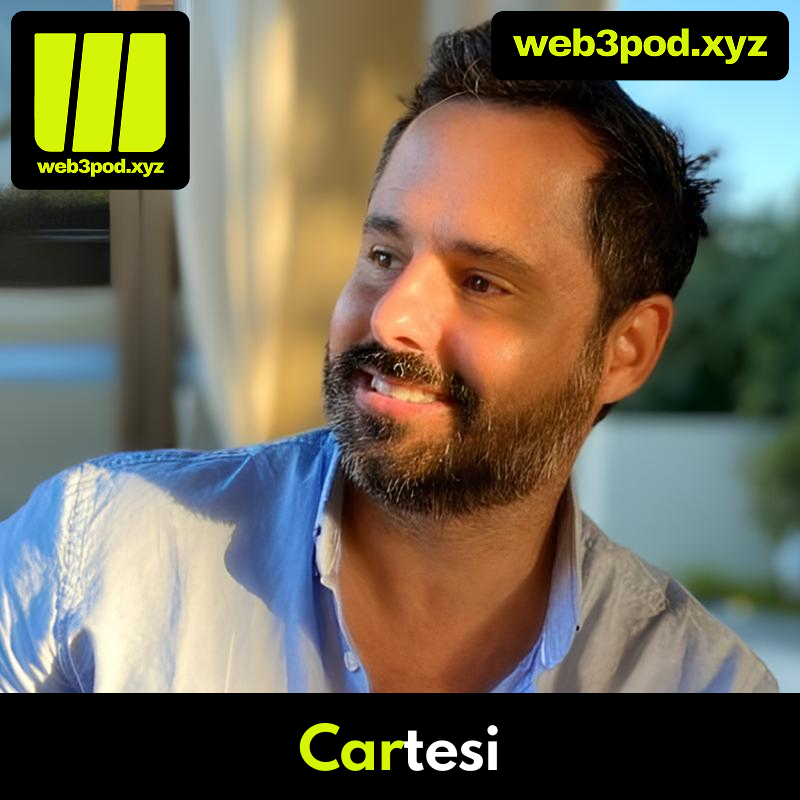Bridging crypto and real-world finance: CrossFi's mission to unlock true utility

Crypto has come a long way—but spending it in the real world still feels like a broken promise.
That’s the tension at the heart of this episode of Web3 with Sam Kamani, featuring Alex from CrossFi, recorded live at DevCon. CrossFi isn’t just another DeFi platform—it’s a non-custodial Web3 banking solution aiming to make crypto genuinely usable, especially for underbanked populations across Asia, Africa, and Latin America.
From marketing to mission
Alex’s journey into crypto began in 2016, working in marketing roles across blockchain projects. But the recurring pain point he encountered was simple: crypto lacked utility. People could trade tokens, stake them, and speculate—but when it came to real-world use, the experience was fragmented, slow, and custodial.
CrossFi was born to change that.
What is CrossFi?
At its core, CrossFi is a non-custodial Web3 bank. That means no centralized control, no locked-in accounts, and no compromise on ownership. Everything happens on-chain—from transactions to yield generation—and users remain in full control of their assets.
Key features include:
- On-chain settlements directly from your wallet
- MetaMask integration for seamless usability
- Spending tools like cards and Apple Pay that let users make fiat payments with crypto in the background
Why this matters: The real-world gap
60% of the global population is either underbanked or unbanked. For them, traditional finance isn’t just inconvenient—it’s inaccessible. CrossFi’s approach could make crypto a viable alternative:
- Payments for everyday items using crypto
- Yield generation through cross-chain staking
- Synthetic assets giving access to financial instruments like gold or stocks
By offering a unified, non-custodial platform, CrossFi bridges crypto with daily life.
The roadmap ahead
CrossFi isn’t stopping at payments. Their roadmap includes:
- Synthetic asset protocols, giving users access to global financial markets
- Meta Yield, a protocol scanning multiple chains for top APY opportunities
- Banking integrations, bringing crypto into existing financial ecosystems
This multi-pronged vision aims to make CrossFi not just a crypto tool—but a full-stack financial platform.
Target users: Building where it’s needed most
While many DeFi products chase yield-maximizers in the West, CrossFi is focusing on the underserved. Alex talks about reaching users in:
- Asia
- Africa
- Latin America
These regions often suffer from unstable financial systems or limited banking access. CrossFi’s goal is to empower individuals with control, access, and freedom.
DevCon, partnerships, and what’s next
At DevCon, Alex and the CrossFi team weren’t just there to talk. They were actively exploring partnerships—looking for:
- RPC providers
- Oracles
- Bridges
- Decentralized database tools
The goal? Build infrastructure that scales with user demand while keeping everything secure and decentralized.
The vision: Crypto utility without compromise
There’s a recurring theme in Alex’s story—user empowerment. Whether it's spending crypto at checkout, accessing staking returns, or trading synthetic assets, CrossFi wants to offer all of it without asking users to give up custody or compromise on decentralization.
As the space matures, this kind of infrastructure could become a core part of how DeFi moves from speculation to utility.
Listen to the episode:
- Spotify: https://open.spotify.com/episode/4mCikFxSC3HbDD09Wu7i5C?si=0467ee092b6c4bd2
- Apple Podcasts: https://podcasts.apple.com/us/podcast/199-enabling-true-crypto-utility-alex-from-crossfi/id1597706233?i=1000679082733
Learn more:
- Website: https://crossfi.org
- LinkedIn (Alex): https://www.linkedin.com/in/amamasidikov/
- LinkedIn (Company): https://www.linkedin.com/company/crossfichain/about/
- X (formerly Twitter): https://x.com/crossfichain
Want to be a guest?
We’re always looking for builders, thinkers, and disruptors. Reach out via Web3pod.xyz.




